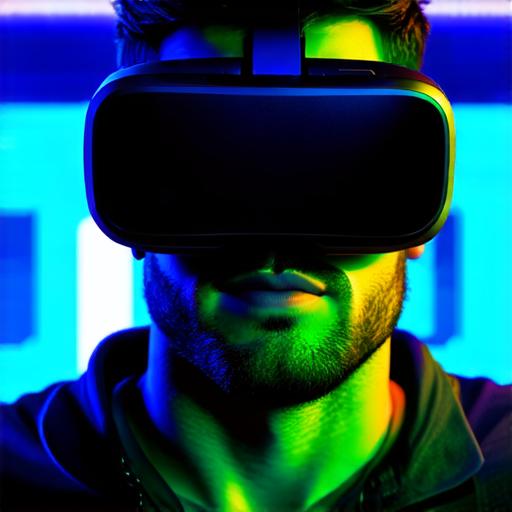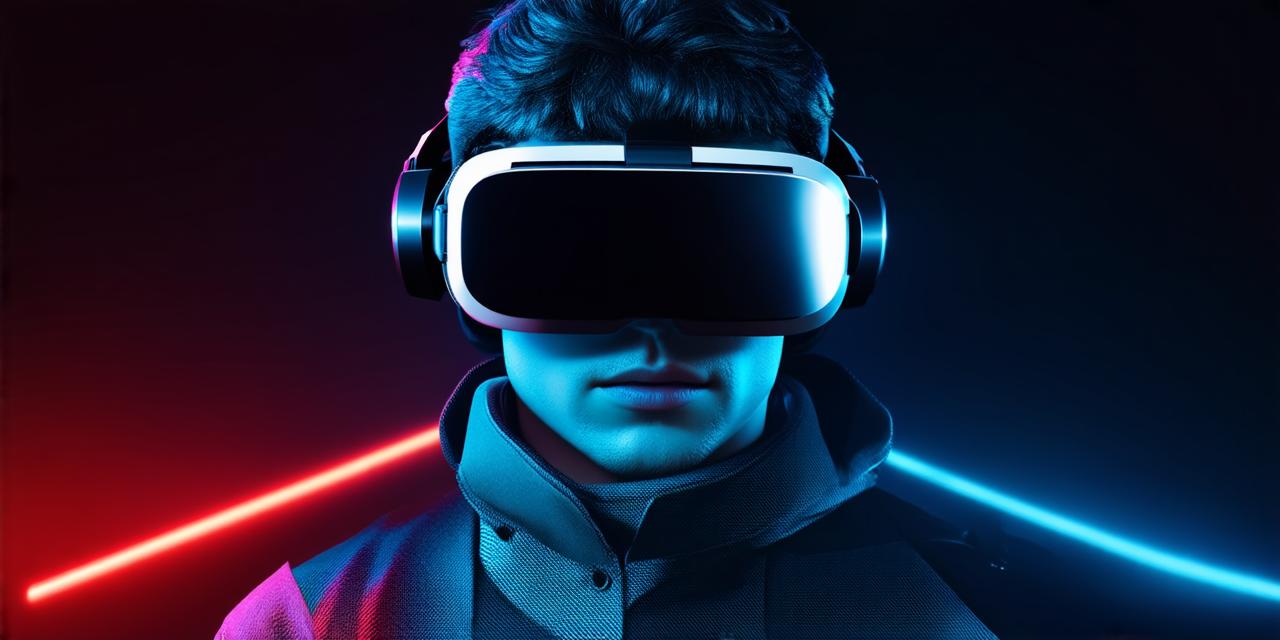Virtual Reality (VR)
Virtual reality (VR) is an immersive technology that allows users to experience a 3D environment in which they can interact with objects and other people. The first VR headsets were developed in the 1960s, but it wasn’t until the early 2000s that this technology became more accessible to consumers. Today, VR is used in a variety of industries, including gaming, healthcare, education, and entertainment.
The Potential Risks Associated with Virtual Reality Use
While VR can be a highly enjoyable and engaging experience, it’s important for virtual reality developers to understand the potential risks associated with this technology. Prolonged exposure to VR has been shown to cause motion sickness, eye strain, and headaches. In addition, some studies have suggested that VR use may be associated with increased feelings of anxiety and depression.

One study found that people who used VR for an extended period of time reported feeling more disoriented and experiencing a sense of vertigo than those who did not use this technology. This can be particularly dangerous for individuals with balance or vestibular problems, as it can lead to falls and other accidents.
Another potential risk associated with VR is the impact on social skills. Some research has suggested that excessive use of VR can lead to decreased social interaction and a lack of empathy towards others. This can be particularly concerning for children and adolescents, as it can impact their ability to form healthy relationships and develop important social skills.
The Minimum Age Requirement for Virtual Reality Use
The minimum age requirement for VR use varies depending on the manufacturer and the specific VR device being used. However, most manufacturers recommend that children under the age of 7 should not use VR without adult supervision. For children aged 7-12, it’s recommended that they only use VR in moderation and with adult supervision.
For teenagers aged 13-18, most manufacturers recommend that they use VR for no more than 30 minutes per day and with adult supervision. However, some experts recommend that teenagers should not use VR at all due to the potential risks associated with prolonged exposure to this technology.
It’s important to note that the minimum age requirement for VR use is just a general guideline, and parents and guardians should consider their child’s individual needs and abilities when determining if they are ready to use VR. In addition, it’s important to ensure that children are using VR in a safe and responsible way, with appropriate supervision and limits on usage.
Case Studies: Successful Integration of Virtual Reality in Education
Virtual reality has been successfully integrated into education to enhance learning experiences and increase student engagement. For example, virtual field trips have been used to take students on immersive learning experiences without leaving the classroom. In addition, virtual simulations have been used to teach students about complex concepts such as anatomy and chemistry.
One study found that students who used VR in the classroom had better academic performance than those who did not use this technology. However, it’s important to note that VR should be used as a supplement to traditional teaching methods, not a replacement for them.
Personal Experiences: Real-Life Examples of Virtual Reality Use
As a virtual reality developer, I have had the opportunity to test and develop VR applications for various industries such as gaming, healthcare, education, and entertainment. I have also used VR in my own personal life, attending virtual concerts and traveling virtually to different parts of the world.
One of the most memorable experiences I have had with VR was when I attended a virtual concert featuring my favorite band. The immersive experience allowed me to feel like I was actually at the concert, even though I was sitting in my living room. This experience not only provided entertainment but also gave me a sense of connection to other people and a shared experience.
Another example of VR use that has had a significant impact on me is when I traveled virtually to different parts of the world. Through VR, I was able to explore different cultures and landscapes without ever leaving my home. This experience not only broadened my horizons but also gave me a new appreciation for the beauty and diversity of our world.
Conclusion
Virtual reality technology is rapidly advancing and becoming more accessible to people of all ages. While VR can be a highly enjoyable and engaging experience, it’s important for virtual reality developers to understand the potential risks associated with this technology and how they can be mitigated. By providing clear instructions on how to use VR safely and responsibly, conducting thorough testing on VR applications, and integrating VR into education when appropriate, we can ensure that this technology is used in a way that benefits everyone. As virtual reality continues to evolve, it’s important for developers to stay up-to-date with the latest research and best practices to ensure the safety and well-being of all users.
